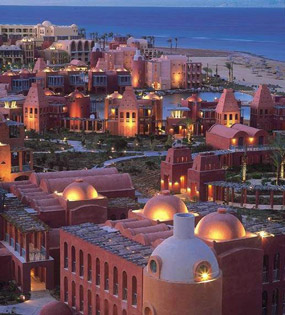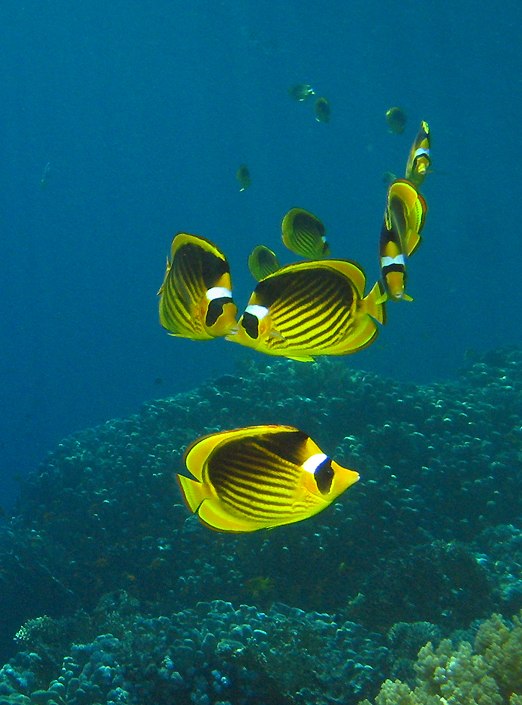The impressive Abdeen Palace in Cairo, now a museum complex, Abdeen Palace Museum forms a great part of Egyptian history. It considered one of the greatest well known palaces in the world. Abdeen Palace is one of the important palaces that were built in the age of Mohamed Ali Pasha.
The history of the palace dates to the region of Mohammed Ali Pasha Dynasty, the palace was constructed by the order of Khedive Ismail in 1863 built on an area of 25-feddan by Egyptian, Italian, French and Turkish architects, The palace was originally built on land belonging to an Ottoman Turkish nobleman named Abdeen Bek and named after him. Abdeen Bek is one of the commanders of Mohamed Ali’s army, so you will notice that the palace museum contains military’s equipments and ancient weapons, it is noticed that among the museums, the Arms Museum is the most striking, featuring every conceivable means of killing an enemy, as well as plenty of medals, a collection of knives, guns and cannons.
The palace’s garden are one of the factors that add to the value and reputation of the palace, however the gardens were added in 1921 by Sultan Fouad on an area of 20 Acers. The cost of building the palace reached 700,000 pounds in addition to 2 million pounds for its furnishing. More money was also spent on the palace’s alteration, preservation and maintenance by consecutive rulers.

The palace includes 500 rooms, the upper floors are the former living quarters of the royal family, are reserved for visiting foreign dignitaries and the lower floor of the palace houses a Silver Museum, an Arms Museum, the Royal Family Museum, the Presidential Gifts Museum and the more recent Historical Documents Museum.
Abdeen Palace is considered one of the most sumptuous palaces in the world in terms of its adornments, paintings, and large number of clocks scattered in the parlors and wings, most of which are decorated with pure gold. Built by Khedive Ismail, to become the official government headquarters instead of the Cairo Citadel, this palace was used as well for official events and ceremonies.
After 1872 Khedive Ismail transferred to Abdeen Palace to make it the seat of the government, leaving the citadel of Salah El Din, Abdeen Palace was the seat of the government between 1872 and 1952. During this eventful period, the Palace witnessed unforgettable events that undoubtedly affected Egypt's modern and contemporary history.

Stepping in this palace is like stepping into history, it is definite that one will be overwhelmed by the beauty, the luxury and the art that occupies every inch of the palace.
About the Author:
-----------------------------------------------------------------
To find more about the museum, visit:
Discounted Guided Tours to Egypt - Egypt Has It All











)Angelfish(adult)WMA_Ap8SA.jpg)


